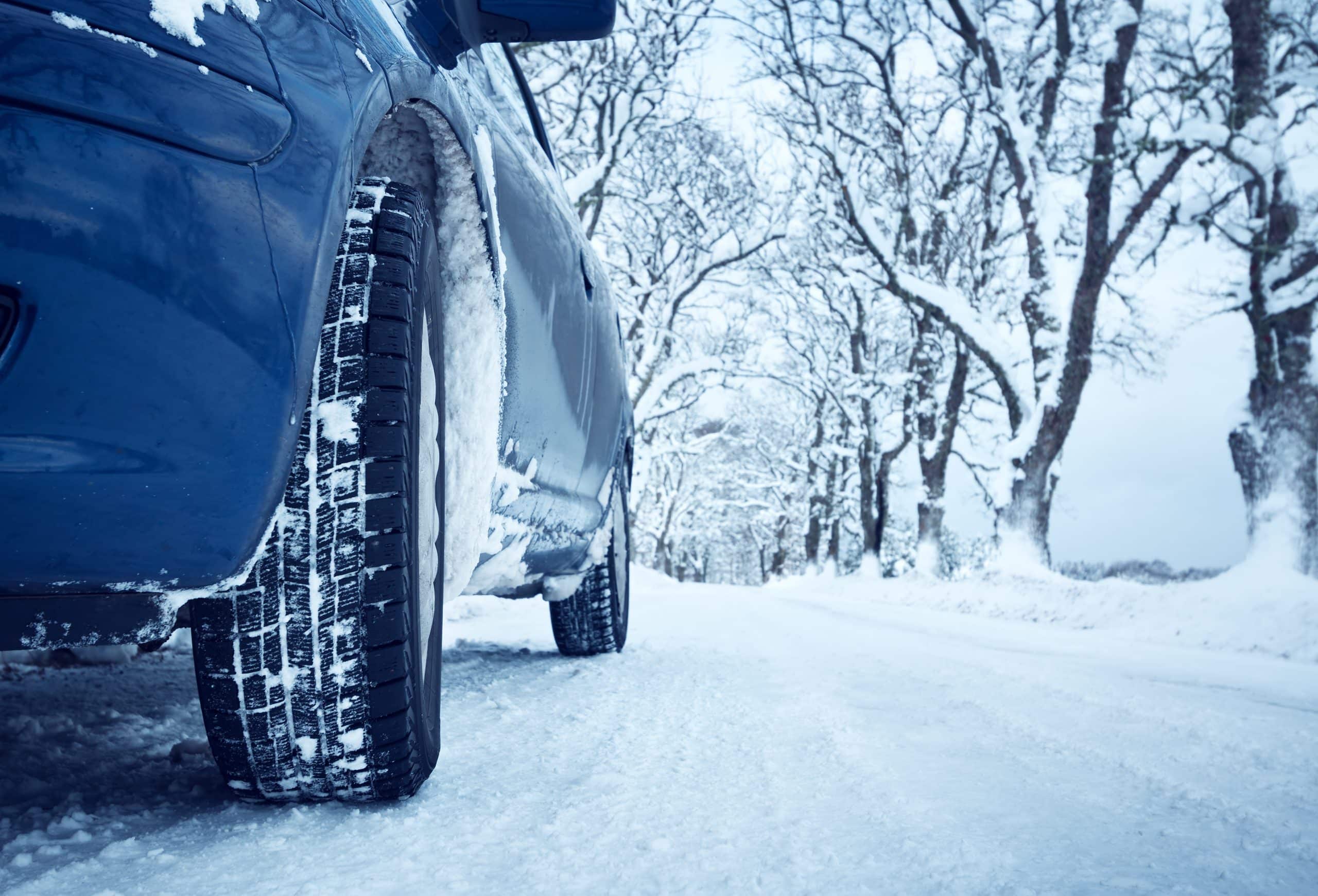Winter has arrived, and with it comes unpredictable weather. As temperatures start to drop and driving conditions become more challenging, it’s time to switch your brain to ‘Seasonal Safety’ mode as you prepare to tackle ice, snow, fog and heavy rain.
We’d all like to avoid driving during bad weather but unfortunately that’s not always possible.
So, we’ve pulled together these handy hints and tips for the best driving techniques to help you tackle those wintry roads.
Careful & Cautious
- Slow down – if you have poor visibility or are driving on wet or icy roads, it will take you longer to react to any hazards so reduce your speed accordingly.
- Go especially slow when turning corners and reduce your speed if your view of the road ahead is obscured.
- Take your time – bad weather conditions are likely to make your journey take longer than usual so plan in additional time for this so you’re not rushing.
- Don’t be fooled by fog – reduce your speed when driving through fog and if it appears to clear you should still be cautious as it can be patchy and re-appear suddenly.
- Be extra vigilant – look out for people on foot, on bikes or on horses as these can be harder to spot in adverse weather.
Mind the Gap
- Keep a safe distance from the vehicle in front, remembering that stopping distances are double on wet roads and can be ten times greater in ice or snow.
- Drive with mindset that you may have to stop suddenly at any minute
- When approaching traffic lights, T-junctions or roundabouts start to gradually slow down well in advance to avoid last minute braking
- Don’t tailgate the vehicle in front as if they stop suddenly you will have less time to react, and if the road is wet or icy you may not be able to stop in time.
To brake, or not to brake?
- Brake early and smoothly – leave yourself plenty of space ahead to do your braking in good time. A four second gap in winter conditions is advised on motorways.
- If your tyres lose grip and you lose control of the vehicle (aquaplaning) it is not a good idea to brake hard. Hold the steering wheel tight and straight, go down a gear and ease off the accelerator.
- It’s easy to panic when you feel you have lost control of your vehicle, but braking hard or trying to turn the wheel will make it more likely to slide or skid.
- If your car has cruise control, it’s a good idea to switch this off when driving in wet conditions.
Top tips
- In heavy rain, ice or snow pulling away in second gear can make it easier and reduce the chance of wheel spin.
- Use both the front and rear fog lights in dense fog, and remember to switch them off once visibility improves.
- If stuck in snow, do not spin the wheels or rev the vehicle, as this will dig the vehicle further in. Instead, put the vehicle into as highest gear possible and slowly move forwards and backwards to manoeuvre yourself out.
- If driving through deeply flooded roads, drive through the water slowly in first gear
- Keep your vehicle well ventilated – although it’s tempting to have the heating on full blast in cold weather, this could make you feel drowsy which could lead to lack of concentration.
- Don’t leave your vehicle to get help if you are stuck in snow and cannot get out – call your breakdown service or emergency services and let help come to you.
And finally, make sure you check the weather forecast before heading off on your journey so you can be prepared for the conditions ahead. We hope these hints and tips will help you to stay safe this season.
Sources:
Sourced from www.rospa.com. (2017). Road Safety Factsheet. Available: https://www.rospa.com/rospaweb/docs/advice-services/road-safety/drivers/winter-driving-tips.pdf. Last accessed 12/12/2017.
Robson, I. (2017). Do you know what to keep in your car in winter? This list could save your life. Available: http://www.chroniclelive.co.uk/news/north-east-news/winter-driving-motoring-car-prepare-12152641. Last accessed 12/12/2017.
Finnerty, J. (2017). Winter driving tips: F1 legend Nigel Mansell’s eight lessons to keep YOU alive this Christmas on wet and icy roads. Available: https://www.thesun.co.uk/motors/4910170/winter-driving-tips-f1-legend-nigel-mansells-eight-lessons-to-keep-you-alive-this-christmas-on-wet-and-icy-roads/. Last accessed 12/12/2017.
Brookes, A. (2017). What is aquaplaning and how to avoid it. Available: https://www.rac.co.uk/drive/advice/winter-driving/understanding-aquaplaning/. Last accessed 12/12/2017.
Sourced from www.brake.org.uk. (2016). Driver advice: winter and bad weather driving. Available: http://www.brake.org.uk/news/21-facts-a-resources/resources/946-weather. Last accessed 12/12/2017.


